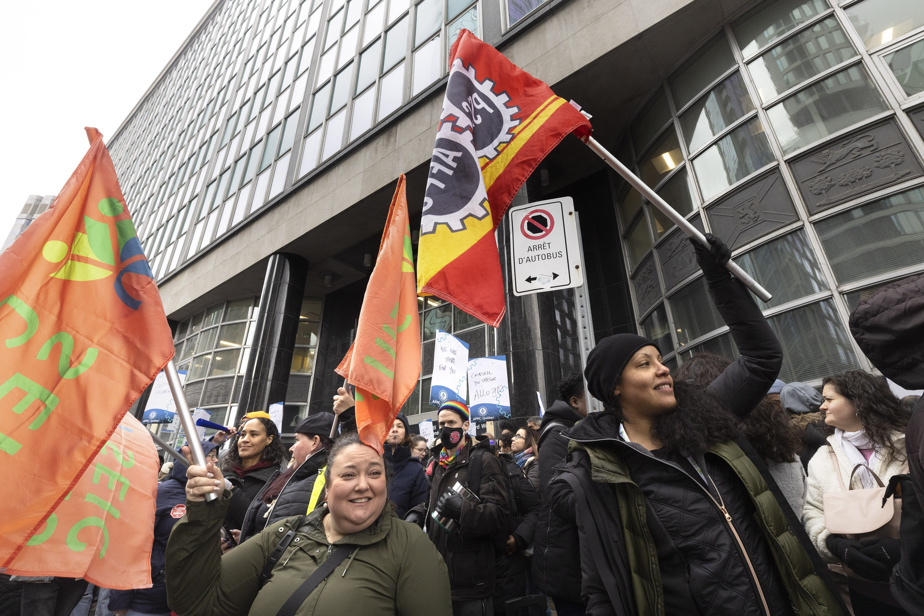The strike by Canada Revenue Agency and Treasury Board officials has barely begun when Justin Trudeau warns the strikers that Canadians will lose patience. Nothing is less uncertain. Who hasn’t dreamed of a decision being suspended when the tax authorities demand a refund for an unpaid sum or that the tax is finally paid without penalty after the deadline.
A priori, a strike in a public service is implicitly unpopular. But if there is one that is likely to win the support of the population, it is certainly that of taxation.
The strikers are thus knocking on the door of money that finances government activities. They couldn’t hit harder. Moreover, unlike in Quebec, there are no anti-scab provisions at the federal government level. Thus, during a strike, an employer under the aegis of the Canada Labor Code can legally use the services of individuals to replace striking workers, which the union picket line prevents it from doing.
But working from home is a game-changer. At the start of 2021, according to Statistics Canada, 32% of employed Canadians, aged 15 to 69, across all industry sectors, worked most of their hours from home, compared to just 4% in 2016.
To counter this, the union is counting on the support of its members for its cause, while being aware that telework implicitly limits the effects of the picket line.
Members of the Public Service Alliance of Canada, 155,000 public servants have been on strike since April 17. That’s almost half of the 340,000 federal civil servants. Their collective agreement expired on October 31, 2021. Federal public servants are ringing the bell, but the issues they are raising are also experienced by most Canadians. What are these issues?
First the salary! In the inflationary turmoil, employees want to protect their standard of living. A formula for indexing wages to the cost of living was then imposed, similar to the one already enjoyed by retirees from the public service. The employer offers 3% per year for three years. But retirees have just seen their pension revalued annually by 6% to compensate for inflation. For the first time in the history of labor relations in Canada, the increase in the indemnity paid to retirees models career wages.
The employer is reluctant. Telework, circumstantial during the pandemic, becomes a mode of operation, post-pandemic. It thus becomes a new collective bargaining issue.
Then comes the right to disconnect from work. Say goodbye to job-related emails, messages or phone calls outside of working hours. The employer’s reservations on this subject stem from a principle of urgency. The right to disconnect is already established in Western Europe, but its insertion in North America raises opposition from employers linked to efficiency imperatives.
In terms of job security, the union intends to facilitate the reassignment of employees who have been laid off or are redundant. It also wishes to reduce the use of subcontracting, which the employer places in the rank of operational flexibility. As for privatization, the employer sees it as a factor of efficiency while the union sees it as a threat to the quality of state services.
These new negotiation issues reflect the needs of a society going through a generational crisis. Young people want to keep the benefits installed in organizations such as salaries or holidays. But they also want companies to take more responsibility in the face of new societal needs such as teleworking. However, the solutions to adapt the functioning of companies to the new requirements of society are not sufficiently there.
In this regard, the strike by tax officials raises new issues that the majority of Canadian workers appropriate. In doing so, it raises issues that will likely haunt future collective bargaining in various industrial fields. The tax strike also reflects a deep malaise among federal civil servants, which calls into question the quality of management. Despite lethargic collective bargaining for more than a year, the pressure of the strike should produce its effects. Under pressure, the social actors concerned are potentially capable of settling their labor dispute within a reasonable time, especially if they are guided by a competent mediator.

